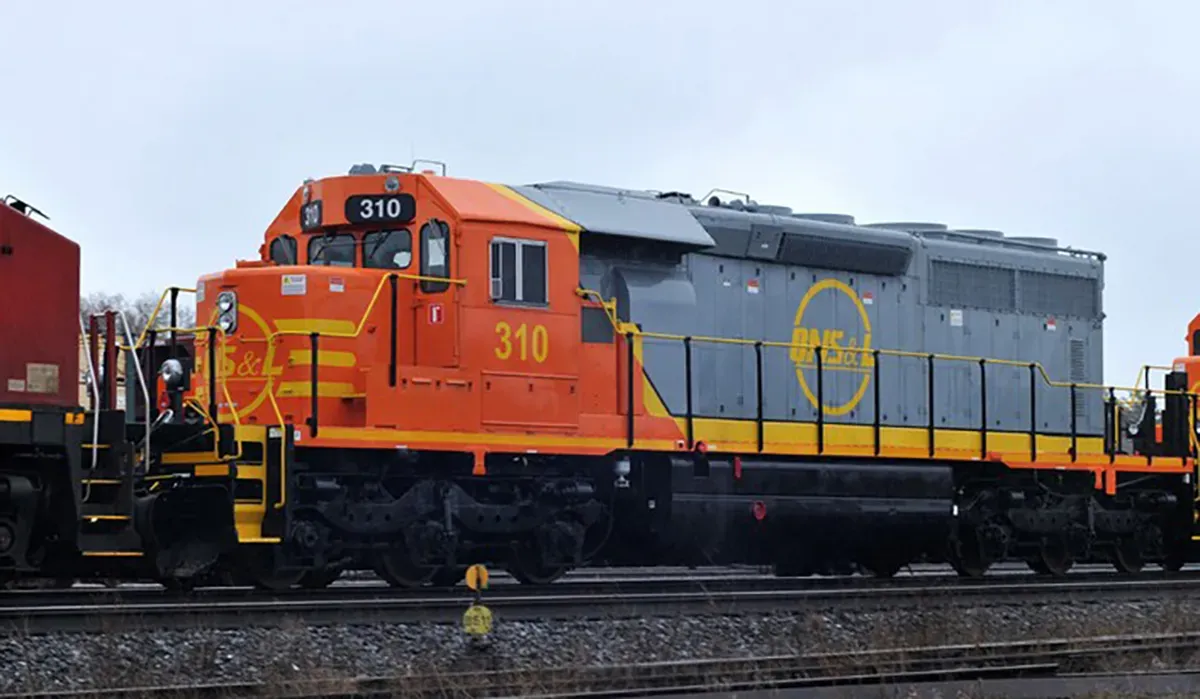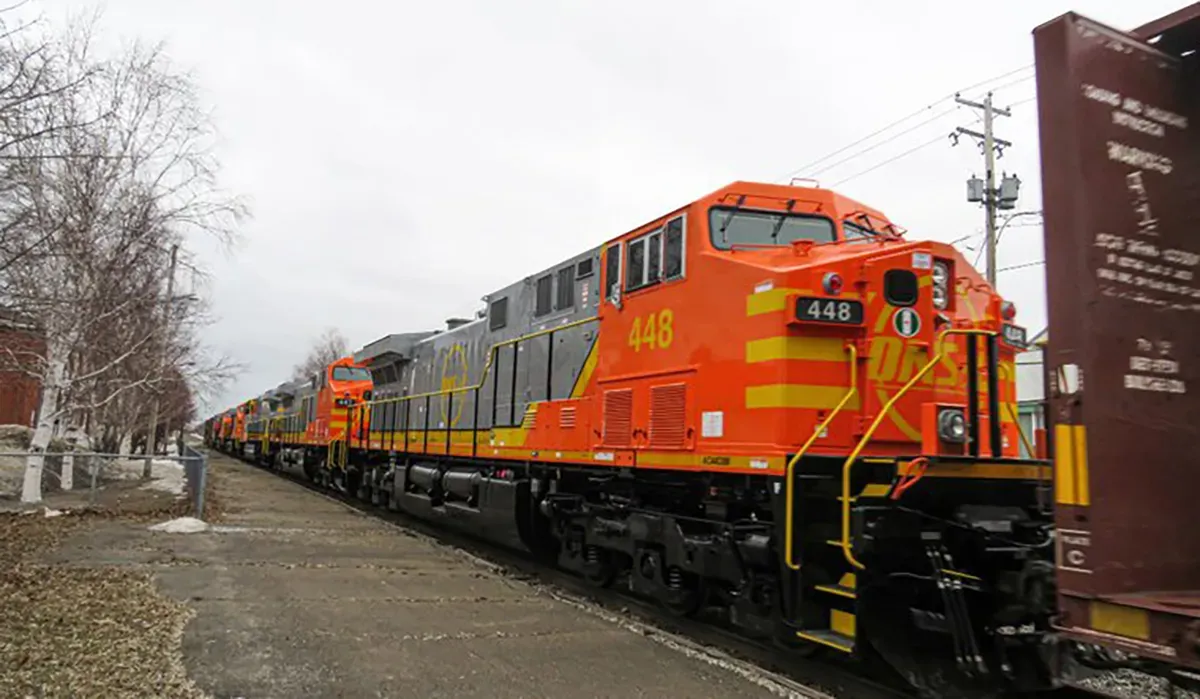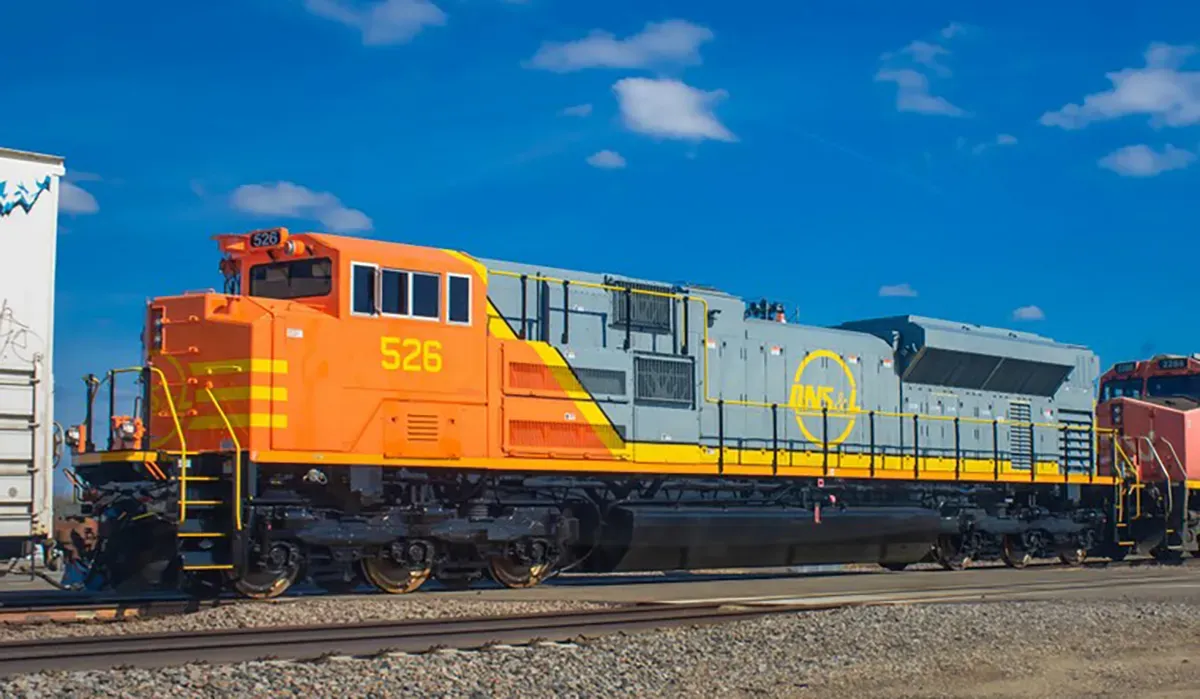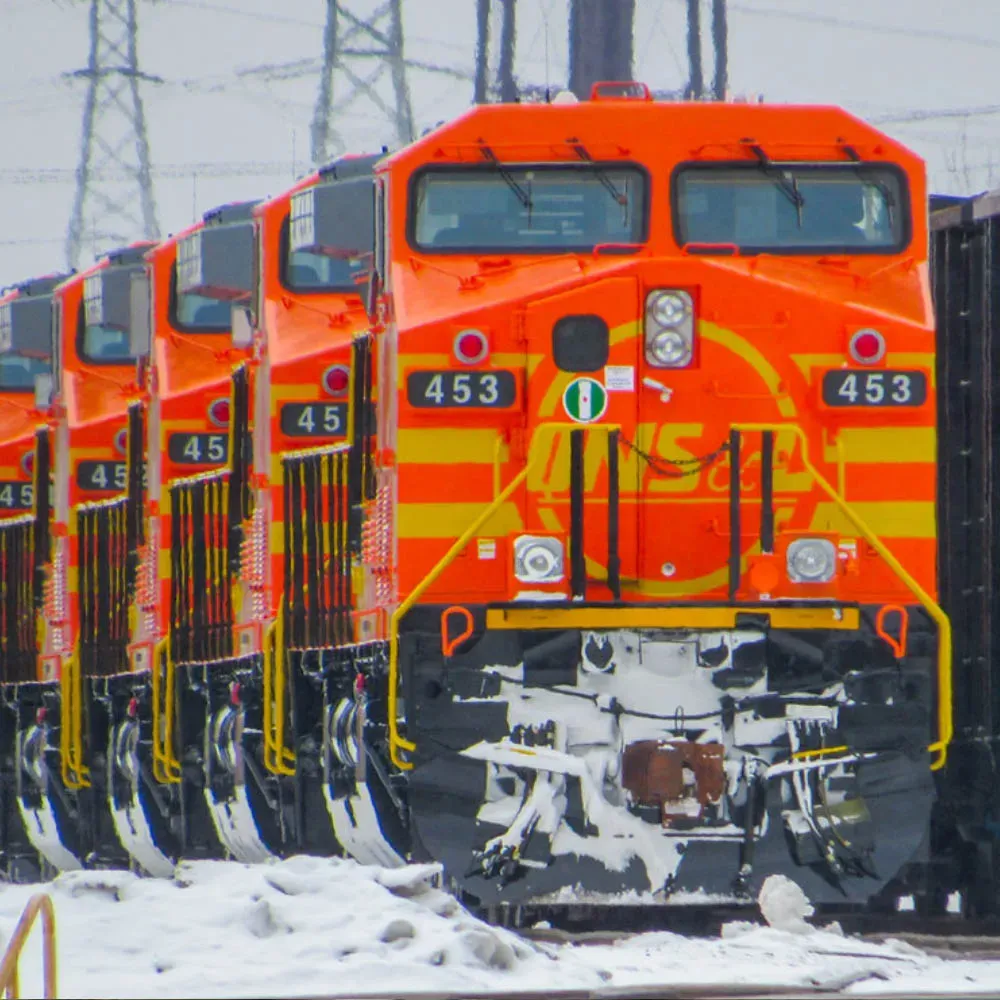SHORT LINE RAILROAD
Quebec North Shore and Labrador Railway: Hauling Iron Ore Across 418 Kilometers of Remote Canadian Wilderness Since 1954


Quebec North Shore and Labrador Railway operates one of North America's most remote and specialized freight rail networks, connecting businesses across northeastern Quebec and western Labrador with safe, efficient, and environmentally responsible transportation solutions. The railway spans approximately 418 kilometers, linking Labrador City, Newfoundland and Labrador, to the port of Sept-Îles, Quebec, and primarily transports iron ore, nickel, cobalt, zinc, and platinum..

FOUNDING HISTORY & ORGANIZATIONAL STRUCTURE
Founded in 1954 by the Iron Ore Company of Canada, the original purpose of the railway was to tap into the vast iron ore deposits in Labrador and transport the ore to the St. Lawrence River for export.
HEADQUARTERS & OPERATIONAL BASES
The headquarters of Quebec North Shore and Labrador Railway is located in Sept-Îles, Quebec. The facility serves as the administrative and operational center for the railway, coordinating train movements, maintenance, and logistics for the entire network..

LEADERSHIP & EMPLOYEES
The executive team is led by a President and CEO, whose name is not publicly disclosed in the most recent sources. The leadership team includes a Chief Operating Officer responsible for daily train operations, a Chief Financial Officer overseeing financial strategy, and a Vice President of Engineering who manages infrastructure and rolling stock. The team brings decades of experience in heavy-haul rail operations and mining logistics.
Quebec North Shore and Labrador Railway employs approximately 400 people, with about 300 serving as skilled craftspeople, maintenance workers, and service teams. The workforce is predominantly based in remote camps and terminals, with a focus on operational safety and technical expertise.
FACILITIES & OPERATIONS

Major facilities include the main terminal and port at Sept-Îles, Quebec, which handles bulk loading and export operations, and the rail yard at Labrador City, Newfoundland and Labrador, which serves as the primary hub for ore loading and train assembly. Additional key facilities are located at Emeril Junction, Newfoundland and Labrador, which connects to the Tshiuetin Rail Transportation line, and several maintenance camps along the route.

The railway adheres to ISO 14001 environmental management standards and has received safety awards for its operational practices. It is fully compliant with Transport Canada and Federal Railway Administration regulations, reflecting a strong commitment to safety and environmental stewardship.
EQUIPMENT & INFRASTRUCTURE
Quebec North Shore and Labrador Railway primarily handles bulk commodity cars, including high-capacity open-top ore cars for iron ore and other minerals. The railway also operates boxcars and tank cars as needed for supporting materials and fuel, but intermodal container traffic is not a core part of its operations due to the isolated nature of the network.
The company utilizes advanced train control and dispatch systems for real-time tracking and scheduling. Customers have access to a secure online portal for shipment status, documentation, and service requests. The railway has also implemented automation technologies for loading and unloading at its port and yard facilities.
The geographic scope of the railway covers northeastern Quebec and western Labrador, with a total route length of 418 kilometers. The key corridor runs from Labrador City to Sept-Îles, passing through remote wilderness and connecting to Emeril Junction for traffic to Schefferville.
Strategic partnerships include close collaboration with the Iron Ore Company of Canada, Rio Tinto, and other mining companies operating in the region. The railway also coordinates with Tshiuetin Rail Transportation for traffic to and from Schefferville.

FINANCIAL METRICS & STABILITY
In 2024, Quebec North Shore and Labrador Railway reported a pre-tax profit of approximately $120 million on revenues of $400 million. The company's operating ratio improved to 68 percent, reflecting enhanced operational efficiency.
Recent capital investments include a $50 million upgrade to track infrastructure and signaling systems in 2023, as well as the acquisition of new ore cars and locomotives in 2022 to support increased production at the Labrador mines.
SERVICE PORTFOLIO

Quebec North Shore and Labrador Railway offers a range of logistics services, including full trainload shipments of iron ore and other minerals. Additional services include bulk material handling, transloading at the port, and coordination of vessel loading. The company also provides customs brokerage, trade compliance consulting, and cargo insurance for its mining clients.

The railway has launched a new digital customer portal to enhance self-service capabilities and improve day-to-day activities for its clients. Additionally, the company offers an API center to facilitate seamless integration with customer systems for shipment tracking and documentation.
INDUSTRY REPUTATION & NEWS
Recently, Quebec North Shore and Labrador Railway has implemented automated obstacle scanners at its main yard and port facilities to improve safety and efficiency in handling bulk commodities. The company is also working on further digitalization of its maintenance and asset management systems.
Quebec North Shore and Labrador Railway's site certification program has identified optimal rail-served sites for future development and conducts in-depth reviews to ensure readiness for industrial expansion. This program aims to minimize development risks for customers and enhance supply chain efficiency.
ANALYSIS & FUTURE OUTLOOK